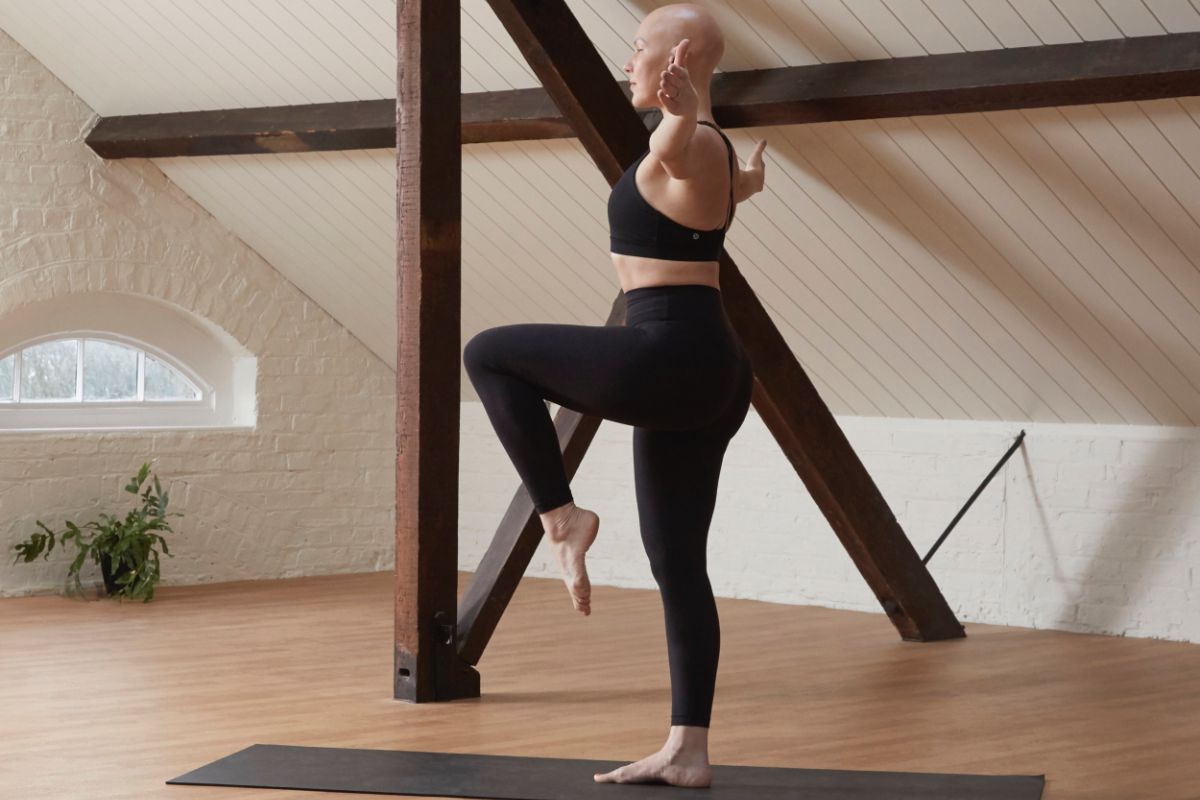Finding balance in life is often challenging but understanding the fundamentals of its role may help you achieve it. The traditional image of balance is scales perfectly poised. Static and level. However, this is often not the reality of true balance in life.
If you stand on one leg your body is constantly working to maintain an upright position. Tiny corrections in muscle length and tone, or larger limb and joint movements help you maintain your stability by shifting your centre of gravity. To control this, mechanosensory neurones in the muscles, tendons and joints are constantly monitoring, feeding back to the brain which, combined with information from your eyes and vestibular system build a picture of where you are in space. This proprioception is crucial to your ability to manage the challenges thrown at you. Balance is an active, reactive response to the activity or demand and essential to a healthy moving body. Even when aiming to build one’s strength or increase running distance balance is required between load progression and recovery. Another changing equilibrium that must be kept allowing for progress rather than injury.
We all seek balance in some form or another in our daily lives. Hoping to juggle the constant pulls of work, family and play can be a challenge. The key to ensuring success is accepting the wobbles and allowing the reflex responses to work their magic. Without these we would be rigid and potentially fall or fail. What is reassuring is that though necessary, these wobbles can be trained and thus reduced, so only to be perceived by you.
It is well documented that following a fall in the elderly population one becomes more at risk of another fall. This is often due to an increase in the fear of falling, leading to a potential reduction in activity and in turn weakness and a less responsive proprioceptive system; thus, less ability to deal with the challenges when they occur.
People with a history lower back pain have been found to have altered motor patterns. The initial protective strategy that occurs when in pain or following an injury becomes detrimental. If not addressed they can lead to changes within the primary motor cortex, the area of the brain responsible for the formulation and execution of movements. This leads to altered activity of abdominals and extensor muscles, restricted range and disturbed proprioception long after the injury has healed. Meaning something as simple as walking on uneven ground can become a challenging and painful activity.
Finally, a sprained ankle leads to a loss of control of the cornerstone of your stability. The stretched or torn ligaments lose their ability to accurately feedback, all within a stunned system inhibited by pain.
The key to fixing these problems is challenging these systems. Learning to manage the perturbances, building strength and responses. Then, as you improve making the challenge a little harder, encouraging the hip and ankle strategies, the stepping responses and all that come with them.
Something as simple as standing on one leg can be such a great starting point to rehab. It works the whole body and involves focus too. The foots arch rocking back and forth, the knee softened, the pelvis and shoulders level, the core engaged, and the arms relaxed. Focusing the mind on the body. A mindful, gentle but effective exercise.
So, embrace the wobbles, let your hips bend, your arms come out. Know they are there to keep you upright. Start with the small things but challenge yourself a little more each day with the aim to gain control and minimise the wobbles. Before you know it, you will be back skipping and dancing over the rugged rocks of life with strength, confidence and grace.


